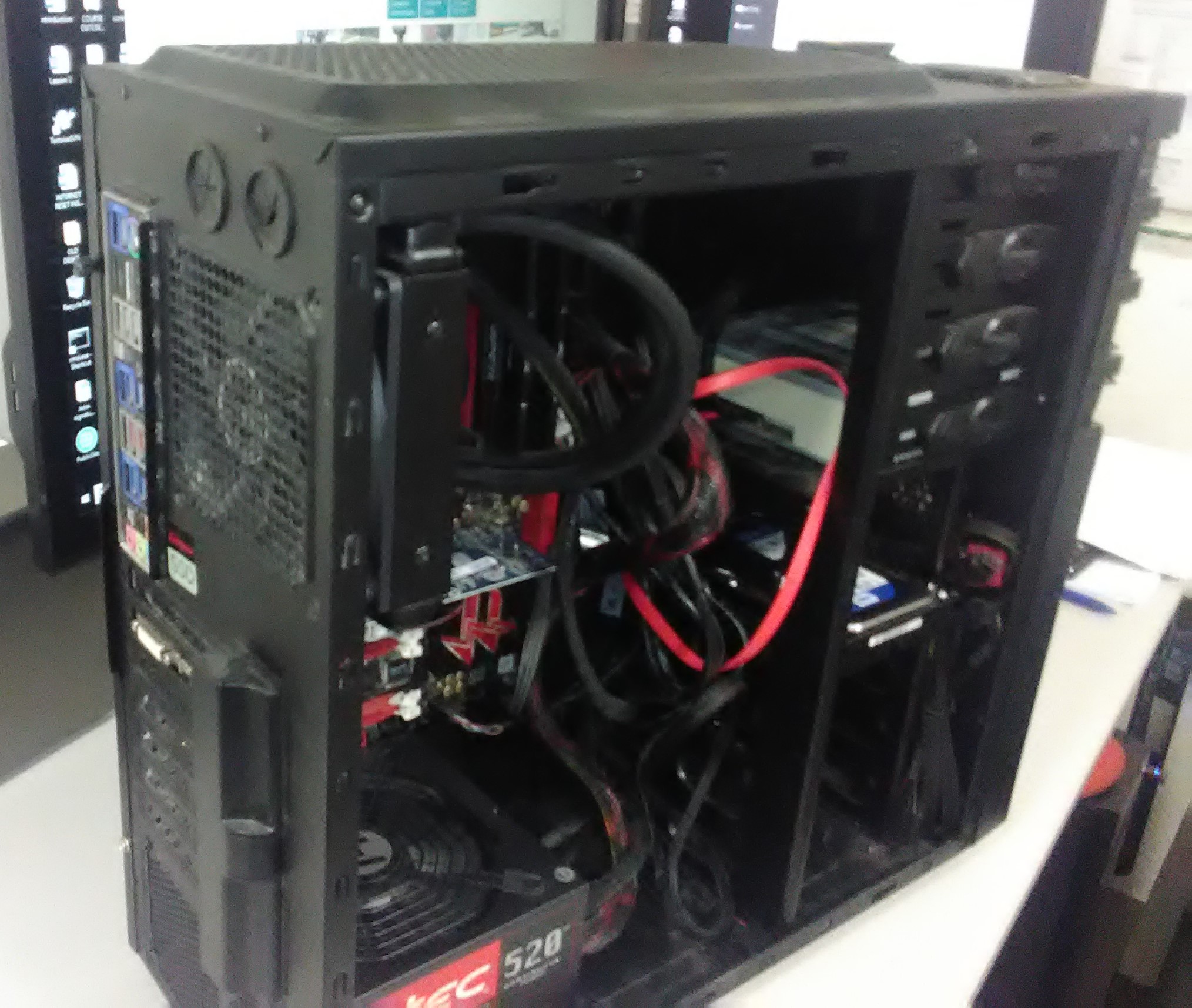This course will teach you the basics of computers
Computer technicians are in high demand. With an increasing number of computers used in both the home and workplace, there is a significant and ever growing demand for people to install, maintain and repair both hardware and software. While many computer courses teach programming, surprisingly few provide the type of training needed to be a competent and effective computer technician.

This course provides an introduction to servicing computers. It develops a broad and general understanding of repair and maintenance procedures that can be used at work or home, and in doing so provides a good starting point for anyone seeking a career in computer servicing.